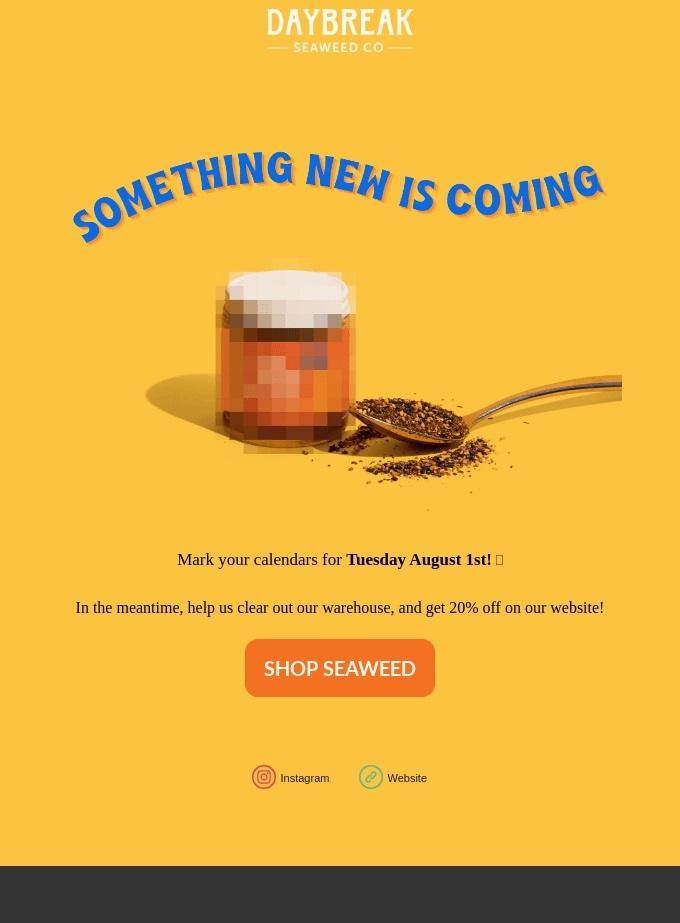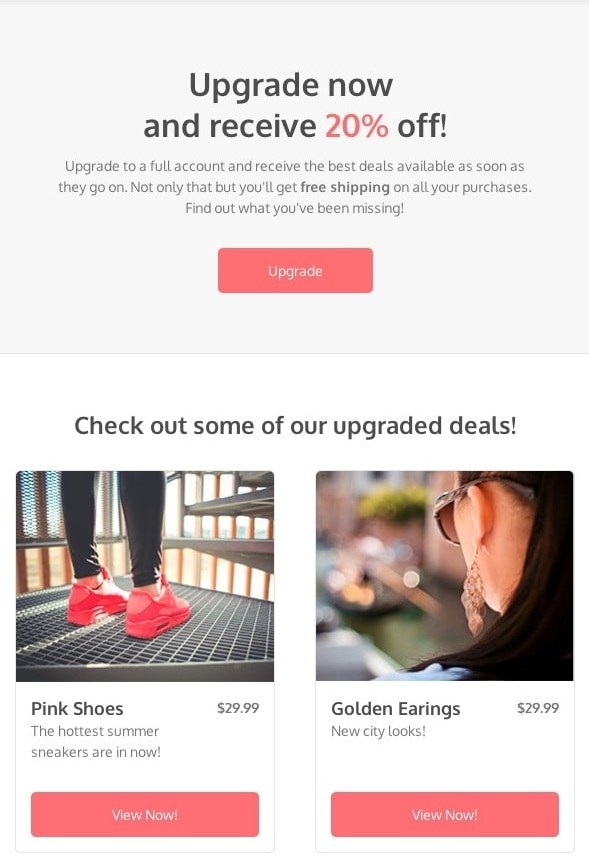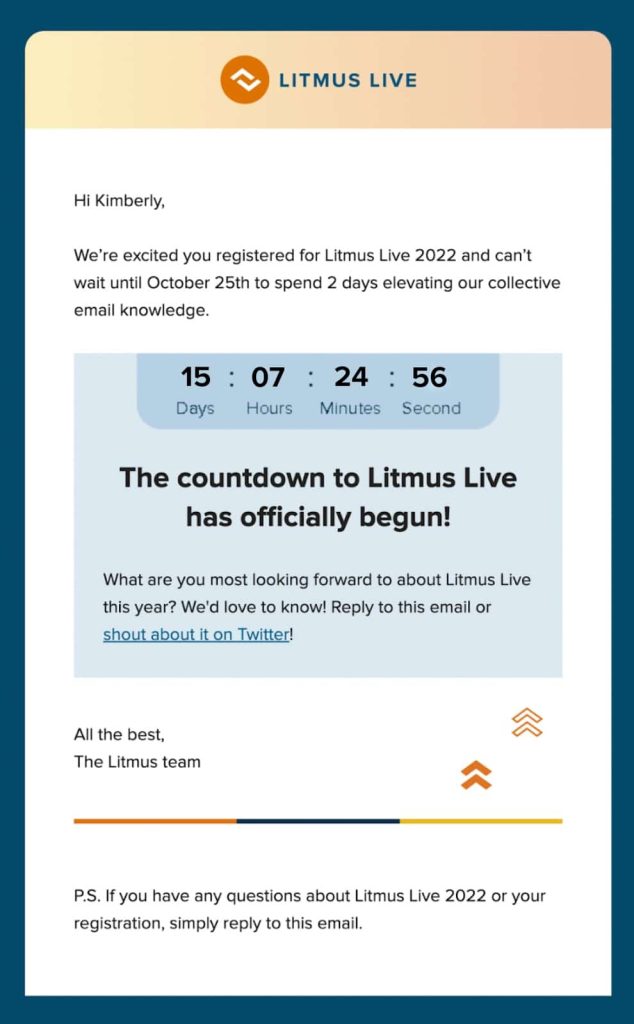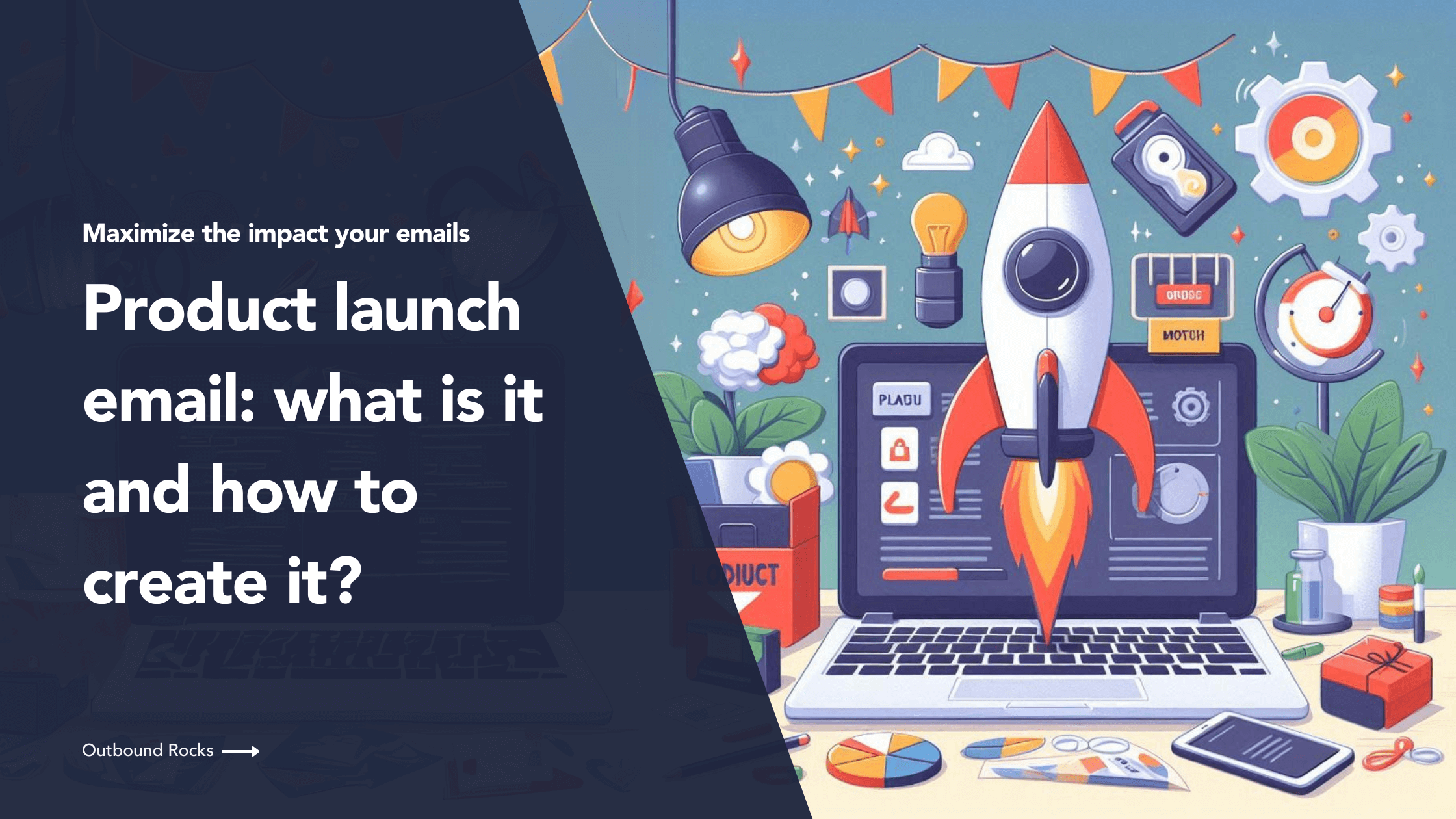Launching a new product is an exciting milestone for any business, and it is vital to ensure that your target audience knows about it. One of the most effective ways to achieve this is through a well-crafted product launch email.
These emails act as a direct line of communication to your customers, helping to generate buzz, drive traffic to your website and ultimately increase sales.
In this article, we’ll look at the basics of product launch emails, from their purpose and importance to the different types you can use to engage your audience. We’ll also provide a step-by-step guide to creating compelling product launch emails that capture attention and convert.
Read on to discover how you can make your next product launch a resounding success.
TABLE OF CONTENTS
– What is a product launch email?
– Why do you need to write a product launch email?
– The 6 different types of product launch emails
– How to create and write a great product launch email
– Conclusions
What is a product launch email?
A product launch email is a message sent to your audience announcing that a new product is now available for purchase.
This type of email is commonly used by creators to promote new digital products, ebooks, paid subscriptions, coaching programs, or any other type of content.
Product launch emails are important for several reasons:
Personalized subscriber journeys
- Create customized email drip campaigns.
- Automatically offer relevant products, such as pitching a course after a subscriber downloads a related lead magnet.
- Effectively target multiple audiences without manual tracking and sending.
Evergreen launch process
- Facilitate both live launches (with open and closed carts) and evergreen product offerings.
- Set up email sequences and automations to run launches on autopilot.
- Simplify future launches by tweaking a few details and flipping a switch.
Seamless integration
- Integrate with existing systems such as websites, webinars, quizzes, memberships, and giveaways.
- Act as a bridge between your email list and your products.
- Ensure a smooth and cohesive launch process.
Why do you need to write a product launch email?
Writing a product launch email is essential to maximising the impact of your new product. Here’s why:
Immediate audience engagement
- Immediately inform your audience about your new product.
- Generate excitement and anticipation, creating immediate interest and engagement.
Increase sales and conversions
- Highlight your product’s unique benefits and features.
- Include compelling calls-to-action to encourage purchases.
- Offer special launch promotions or discounts to incentivise early buyers.
Build brand awareness
- Strengthen your brand’s presence in the minds of your audience.
- Position your brand as innovative and active in the marketplace.
- Demonstrate your commitment to delivering new and valuable products.
Strengthen customer relationships
- Personalise your communications to make subscribers feel valued and informed.
- Build loyalty by keeping your audience up to date with your latest offers.
- Engage with your audience through feedback and questions about the new product.
Leverage automation for efficiency
- Use automated email sequences to ensure consistent and timely communication.
- Save time and resources while maintaining a high level of personalisation.
- Streamline your launch process, making it easier to manage and replicate in the future.
By creating a product launch email, you can ensure that your new product reaches the right audience at the right time, maximising its potential for success.
The 5 different types of product launch email
When launching a new product, it’s important to use a variety of email types to effectively engage your audience and maximise your reach.
Each type of product launch email serves a specific purpose and helps guide your subscribers through different stages of the buying journey.
Here are the top five types of product launch emails and how to use them:
1. Product teaser messages
When preparing to launch a new product, these emails are designed to build excitement and anticipation. They offer sneak peeks, behind-the-scenes glimpses or subtle hints about the upcoming release to pique your audience’s curiosity.
For example, you could say, “Prepare for something exciting! Stay tuned for an exclusive look at our latest innovation“.

2. Pre-sales and pre-orders
Pre-sales and pre-orders are designed to gauge interest and secure early sales before the official launch.
They allow subscribers to express interest or make purchases at a discounted price before the product is released, generating initial revenue and creating a sense of exclusivity.
For example, you could say, “Be among the first to own our latest product! Pre-order now and get 20% off before the official launch“.
3. Launch day messages
Launch day messages are used to officially announce the availability of the product for purchase. Sent on launch day, these emails inform subscribers that the product is now available to everyone.
They typically include a strong call to action and highlight the key benefits of the product.
For example, you might write: “Exciting news! Our latest product is now live. Click here to explore and get it today for an enhanced experience“.
4. Upsell emails
Upsell emails are designed to promote additional products to customers who have already made a purchase.
These emails are specifically targeted to those who have purchased the initial product, suggesting complementary items that can enhance their overall experience.
For example, you might say: “Enjoying our latest product? Enhance your experience with our exclusive accessories. Explore now and take advantage of special savings!“

5. Downsell emails
Downsell emails are designed to offer a more affordable alternative to subscribers who didn’t buy the original product. These emails aim to re-engage potential customers by offering a different product that still provides significant value.
For example, you might say, “Missed out on our latest product? Check out this budget-friendly alternative that offers great value. Start saving today!“
How to create and write a great product launch email
Creating a compelling product launch email involves several key steps to effectively engage your audience and drive conversions:
- Create an eye-catching subject line: Start with a subject line that grabs attention and accurately reflects the content of your email, using elements such as curiosity or urgency to drive opens.
- Maintain consistent branding: Ensure your email reflects your brand’s identity with recognisable elements such as logos and colours to build familiarity and trust with subscribers.
- Personalise content: Tailor the email to each recipient based on their interests, past interactions or purchase history to make them feel valued and understood.
- Detail product benefits: Provide a clear and compelling product description that highlights its unique features, benefits and how it addresses customer needs.
- Include visuals: Use high-quality images or graphics that showcase the product and help subscribers visualise its use and benefits within your brand’s visual style.
- Include a strong call to action (CTA): Use clear and actionable language to guide recipients to the desired action, such as making a purchase or learning more about the product.
- Create urgency with countdowns or offers: Add a countdown timer or limited-time offer to create urgency and encourage immediate action, emphasising the exclusivity or time-sensitive nature of the launch.
- Personalise the signature and close: Close with a personalised signature that builds trust, includes social proof such as testimonials, and addresses potential objections to encourage conversions.
By following these steps, you can create a product launch email that effectively engages your audience, builds interest and maximises conversions for your new product.

Conclusions
Every launch is a challenge that requires not only strategy, but the right tools and templates on your side.
If you need a tool for selling products/services to small and medium sized businesses, visit outboundrocks.com, fill in the form and try Outbound Rocks for free.
